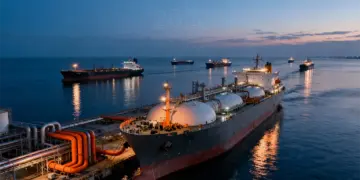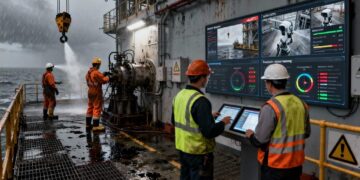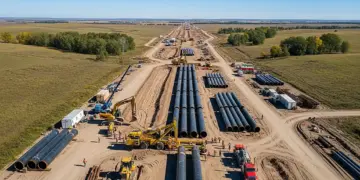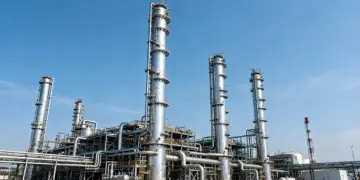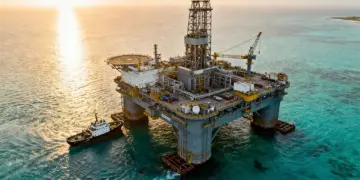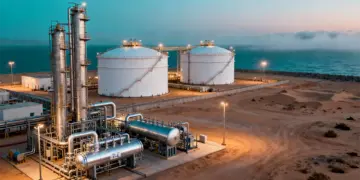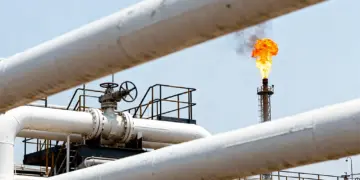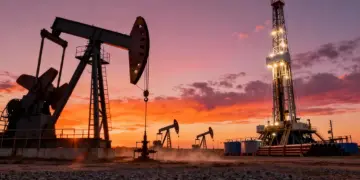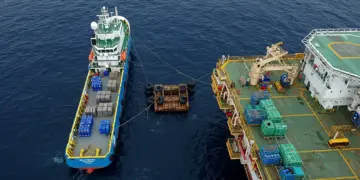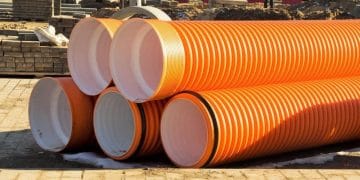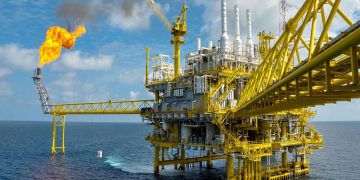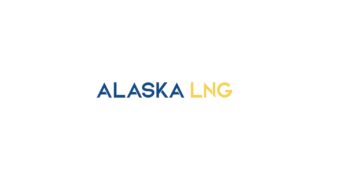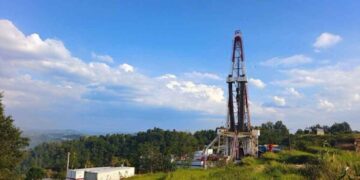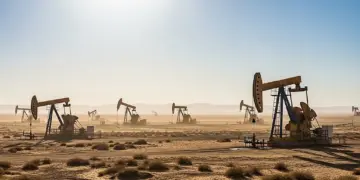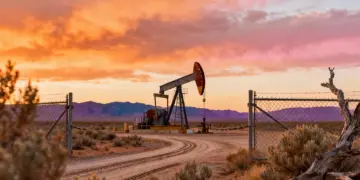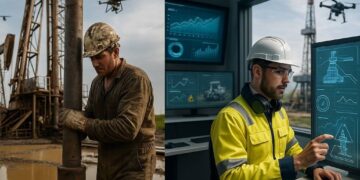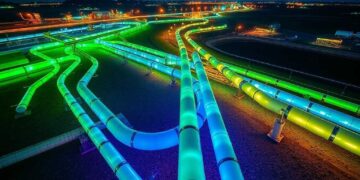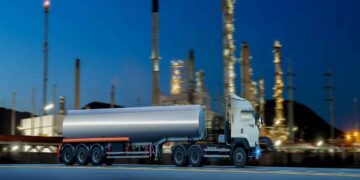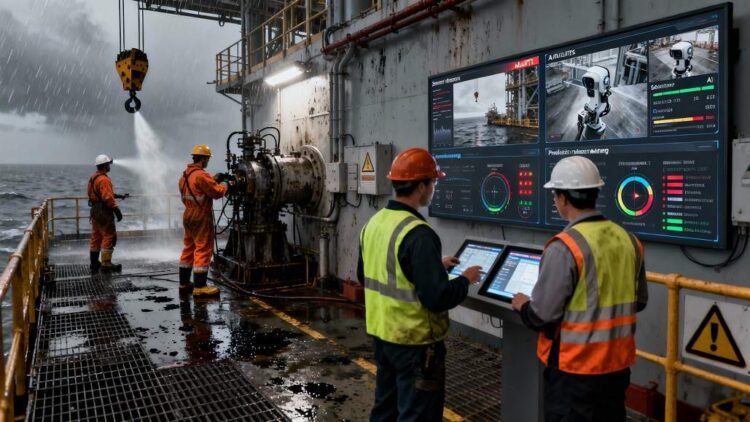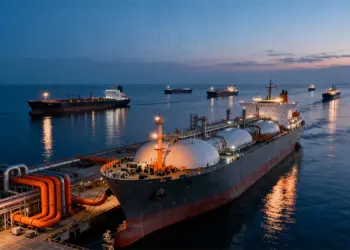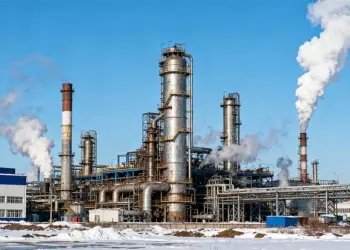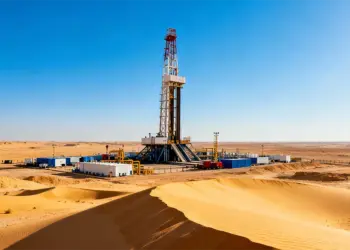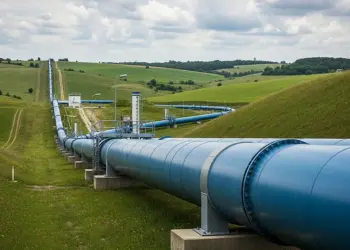Frontline energy workers are fully aware that they face multiple hazards on a daily basis. It’s a demanding industry that requires rigorous training, planning and compliance to mitigate the risks. While employers strive to keep improving standards, the industry still ranks among the highest for injuries and fatalities.
Working in the energy sector has always been a hazardous environment. However, today’s health and safety record is worlds apart from what it was in the 1980s: fatalities have decreased by around 90%. The energy sector’s safety record has seen excellent progress, but one fatality is one too many.
Further industry-wide progress is needed to help critical energy workers stay safe. The entire industry knows that this is the case. Disappointingly, a 2025 report from the HSE found that nearly one-third of offshore safety checkers failed to meet standards.
While the HSE report and many others like it are concerning, there is a good reason to be optimistic about the future of health and safety standards.
AI is transforming health and safety
Technology was one of the major drivers that helped decrease the number of life-changing injuries and fatalities since the 1980s. Today, AI is making a significant contribution to health and safety in critical energy work. This revolutionary technology is highly likely to keep reducing the number of incidents and fatalities.
The AI tools transforming critical energy work:
- Smart security cameras: New security cameras are proving to be highly effective at spotting anomalies that could indicate potential safety threats. AI security cameras can spot threatening behaviour, missing PPE equipment, motionless workers, weapons and unidentified objects. Upon detection, cameras alert security teams to assess the situation. Today’s cutting-edge AI cameras are also built to perform in the harshest environments. Extreme temperatures, shocks, rain, winds and corrosive elements do not compromise camera quality.
- Smart sensors: AI-powered sensors can detect multiple health and safety threats in real-time. Vaping, smoking, loud noises and temperature changes trigger alarms for security teams to investigate.
- AI-powered access control: AI facial recognition technology will only let authorised personnel access specific locations and equipment. It can also prompt workers to wear PPE if they are not wearing the correct protective wear.
- Advanced video management: Security teams gain a clearer picture of events they see on video. Even the busiest, loudest environments can be broken down to understand, as advanced video management tags what it sees on camera. Security teams have a clearer understanding of events. Plus, investigations no longer require countless hours from officers to review old CCTV footage.
- Wearable tech: Poor lifting form, fatigue and elevated stress levels are major concerns for workers’ safety. AI wearable technology prompts workers if their lifting form is poor, or if they appear too unwell to work.
- Predictive maintenance: AI-driven predictive maintenance has the potential to stop devastating machine-related injuries that were preventable. Predictive maintenance is effective in detecting when machine performance has dropped, even if it’s subtle. It can also alert you when it’s likely to break down, giving management notice to schedule a repair and reduce downtime.
It’s important to note that the AI tools being installed in the energy sector are not fully autonomous, nor are they viewed as a replacement for security or management teams. They support security and management teams in detecting real-time security threats and hazards. Human judgment is still at the heart of the response.
Health and safety records are likely to improve
The overwhelming number of hazards in critical energy work puts an enormous amount of pressure on management teams. They strive to create a culture of safety. However, it is not realistic for management to spot every hazard. The workplace is far too complex.
New AI technology has emerged that can mitigate multiple types of safety threats to critical energy workers. AI-powered technology rapidly notifies security teams of anomalies. It gives security officers time to assess the alarm and take action or dismiss it as a false alarm. A clearer view and understanding of the workplace looks set to keep reducing the industry’s high number of accidents.


